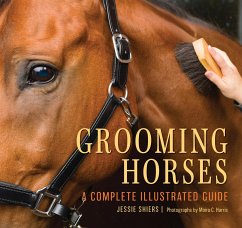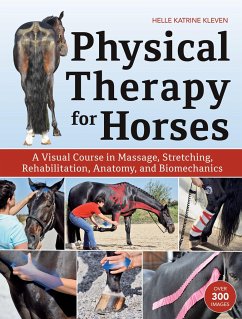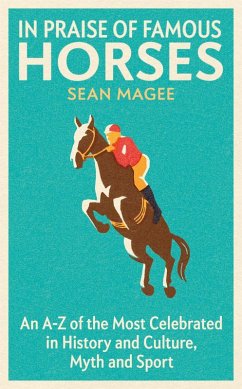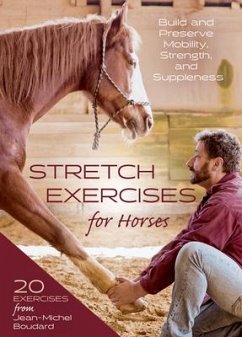Nicht lieferbar

Lynn Acton
Broschiertes Buch
What Horses Really Want
Unlocking the Secrets to Trust, Cooperation and Reliability
Versandkostenfrei!
Nicht lieferbar




When we provide horses with security, they accept our rules.
Lynn Acton has a diverse equestrian and academic background that helps her understand horses, relationships, and leadership from an interdisciplinary point of view. Her degrees in sociology and systems science have contributed to her understanding of research studies, the social dynamics of horses, their interactions with people, and how the interconnected parts of complex social systems fit together. After spending time working on a Thoroughbred breeding farm and later retraining off-track Thoroughbreds, Acton became certified by the Certified Horsemanship Association (CHA) to teach both English and Western riding and started a therapeutic riding program for at-risk youth. She currently competes in Horse Agility and Equagility (ridden agility).
Produktdetails
- Verlag: Trafalgar Square
- Seitenzahl: 288
- Erscheinungstermin: 19. Mai 2020
- Englisch
- Abmessung: 254mm x 205mm x 20mm
- Gewicht: 896g
- ISBN-13: 9781570769450
- ISBN-10: 1570769451
- Artikelnr.: 57577658
Herstellerkennzeichnung
Libri GmbH
Europaallee 1
36244 Bad Hersfeld
gpsr@libri.de
Für dieses Produkt wurde noch keine Bewertung abgegeben. Wir würden uns sehr freuen, wenn du die erste Bewertung schreibst!
Eine Bewertung schreiben
Eine Bewertung schreiben
Andere Kunden interessierten sich für










